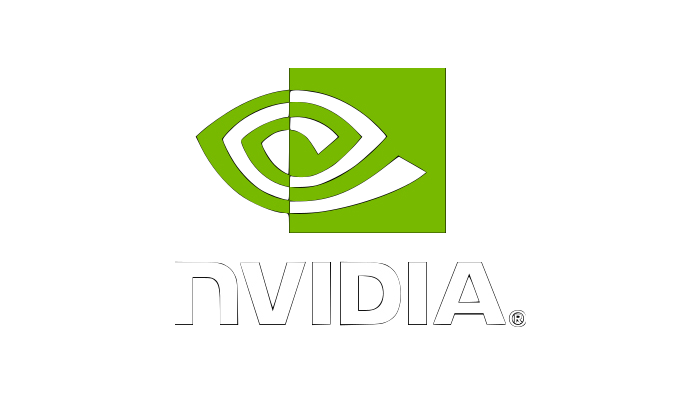Configuring Rendering Settings#
Isaac Lab offers 3 preset rendering modes: performance, balanced, and quality. You can select a mode via a command line argument or from within a script, and customize settings as needed. Adjust and fine-tune rendering to achieve the ideal balance for your workflow.
Selecting a Rendering Mode#
Rendering modes can be selected in 2 ways.
using the
rendering_modeinput class argument inRenderCfg# for an example of how this can be used, checkout the tutorial script # scripts/tutorials/00_sim/set_rendering_mode.py render_cfg = sim_utils.RenderCfg(rendering_mode="performance")
using the
--rendering_modeCLI argument, which takes precedence over therendering_modeargument inRenderCfg../isaaclab.sh -p scripts/tutorials/00_sim/set_rendering_mode.py --rendering_mode {performance/balanced/quality}
Note, the rendering_mode defaults to balanced.
However, in the case where the launcher argument --enable_cameras is not set, then
the default rendering_mode is not applied and, instead, the default kit rendering settings are used.
Example renders from the set_rendering_mode.py script.
To help assess rendering, the example scene includes some reflections, translucency, direct and ambient lighting, and several material types.
Overwriting Specific Rendering Settings#
Preset rendering settings can be overwritten via the RenderCfg class.
There are 2 ways to provide settings that overwrite presets.
RenderCfgsupports overwriting specific settings via user-friendly setting names that map to underlying RTX settings. For example:render_cfg = sim_utils.RenderCfg( rendering_mode="performance", # user friendly setting overwrites enable_translucency=True, # defaults to False in performance mode enable_reflections=True, # defaults to False in performance mode dlss_mode="3", # defaults to 1 in performance mode )
List of user-friendly settings.
enable_translucency
Bool. Enables translucency for specular transmissive surfaces such as glass at the cost of some performance.
enable_reflections
Bool. Enables reflections at the cost of some performance.
enable_global_illumination
Bool. Enables Diffused Global Illumination at the cost of some performance.
antialiasing_mode
Literal[“Off”, “FXAA”, “DLSS”, “TAA”, “DLAA”].
DLSS: Boosts performance by using AI to output higher resolution frames from a lower resolution input. DLSS samples multiple lower resolution images and uses motion data and feedback from prior frames to reconstruct native quality images. DLAA: Provides higher image quality with an AI-based anti-aliasing technique. DLAA uses the same Super Resolution technology developed for DLSS, reconstructing a native resolution image to maximize image quality.
enable_dlssg
Bool. Enables the use of DLSS-G. DLSS Frame Generation boosts performance by using AI to generate more frames. This feature requires an Ada Lovelace architecture GPU and can hurt performance due to additional thread-related activities.
enable_dl_denoiser
Bool. Enables the use of a DL denoiser, which improves the quality of renders at the cost of performance.
dlss_mode
Literal[0, 1, 2, 3]. For DLSS anti-aliasing, selects the performance/ quality tradeoff mode. Valid values are 0 (Performance), 1 (Balanced), 2 (Quality), or 3 (Auto).
enable_direct_lighting
Bool. Enable direct light contributions from lights.
samples_per_pixel
Int. Defines the Direct Lighting samples per pixel. Higher values increase the direct lighting quality at the cost of performance.
enable_shadows
Bool. Enables shadows at the cost of performance. When disabled, lights will not cast shadows.
enable_ambient_occlusion
Bool. Enables ambient occlusion at the cost of some performance.
For more control,
RenderCfgallows you to overwrite any RTX setting by using thecarb_settingsargument.Examples of RTX settings can be found from within the repo, in the render mode preset files located in
apps/rendering_modes.In addition, the RTX documentation can be found here - https://docs.omniverse.nvidia.com/materials-and-rendering/latest/rtx-renderer.html.
An example usage of
carb_settings.render_cfg = sim_utils.RenderCfg( rendering_mode="quality", # carb setting overwrites carb_settings={ "rtx.translucency.enabled": False, "rtx.reflections.enabled": False, "rtx.domeLight.upperLowerStrategy": 3, } )
Current Limitations#
For performance reasons, we default to using DLSS for denoising, which generally provides better performance.
This may result in renders of lower quality, which may be especially evident at lower resolutions.
Due to this, we recommend using per-tile or per-camera resolution of at least 100 x 100.
For renders at lower resolutions, we advice setting the antialiasing_mode attribute in RenderCfg to
DLAA, and also potentially enabling enable_dl_denoiser. Both of these settings should help improve render
quality, but also comes at a cost of performance. Additional rendering parameters can also be specified in RenderCfg.




